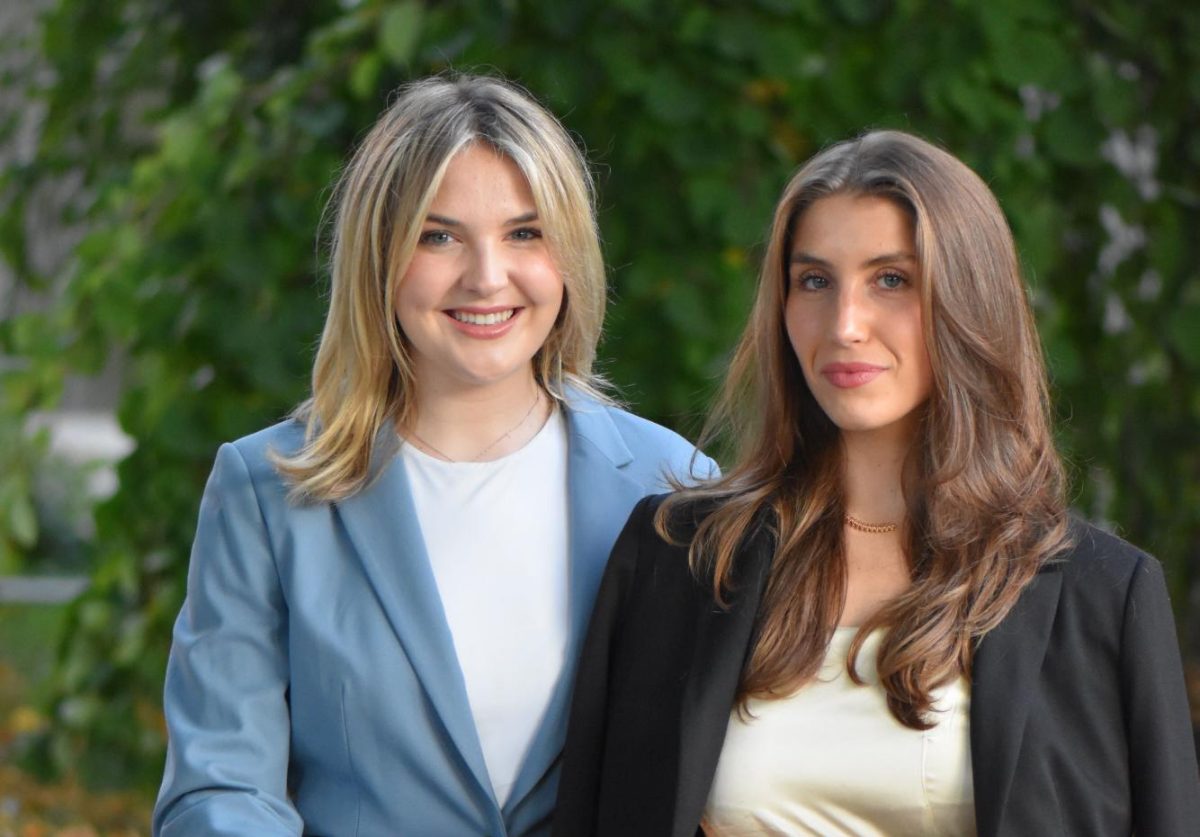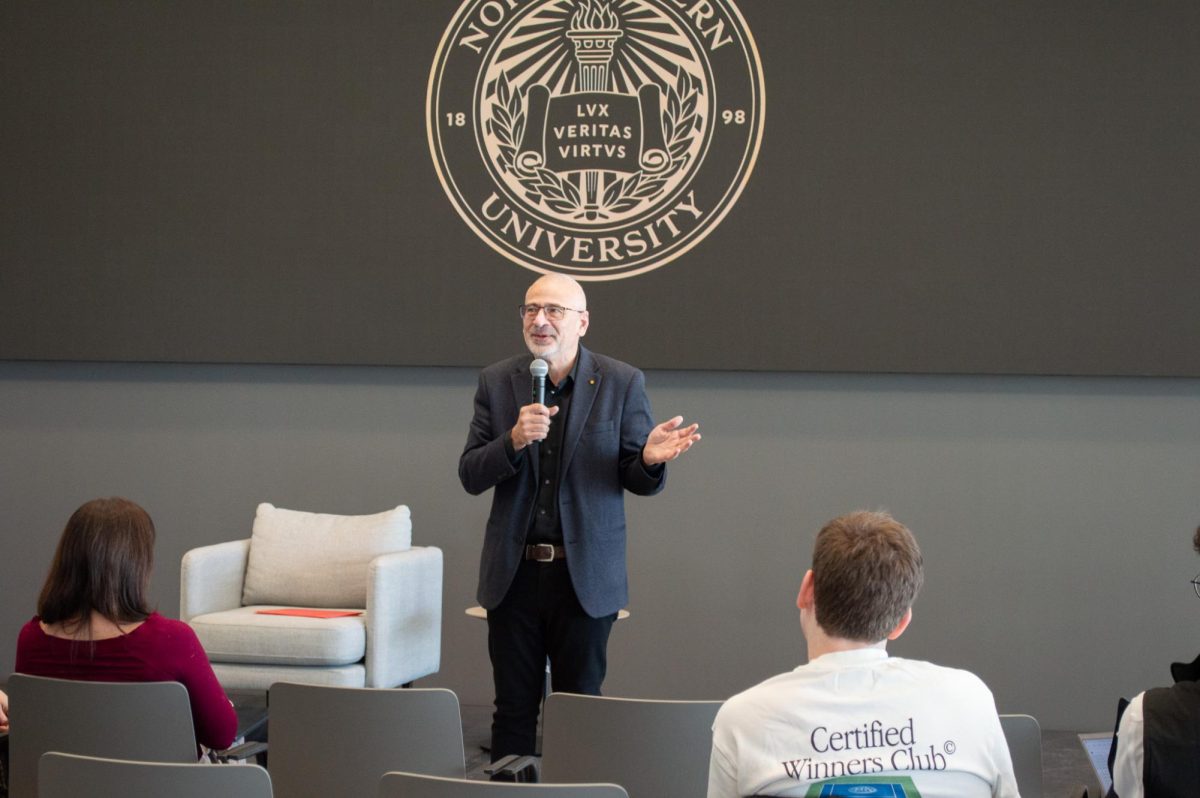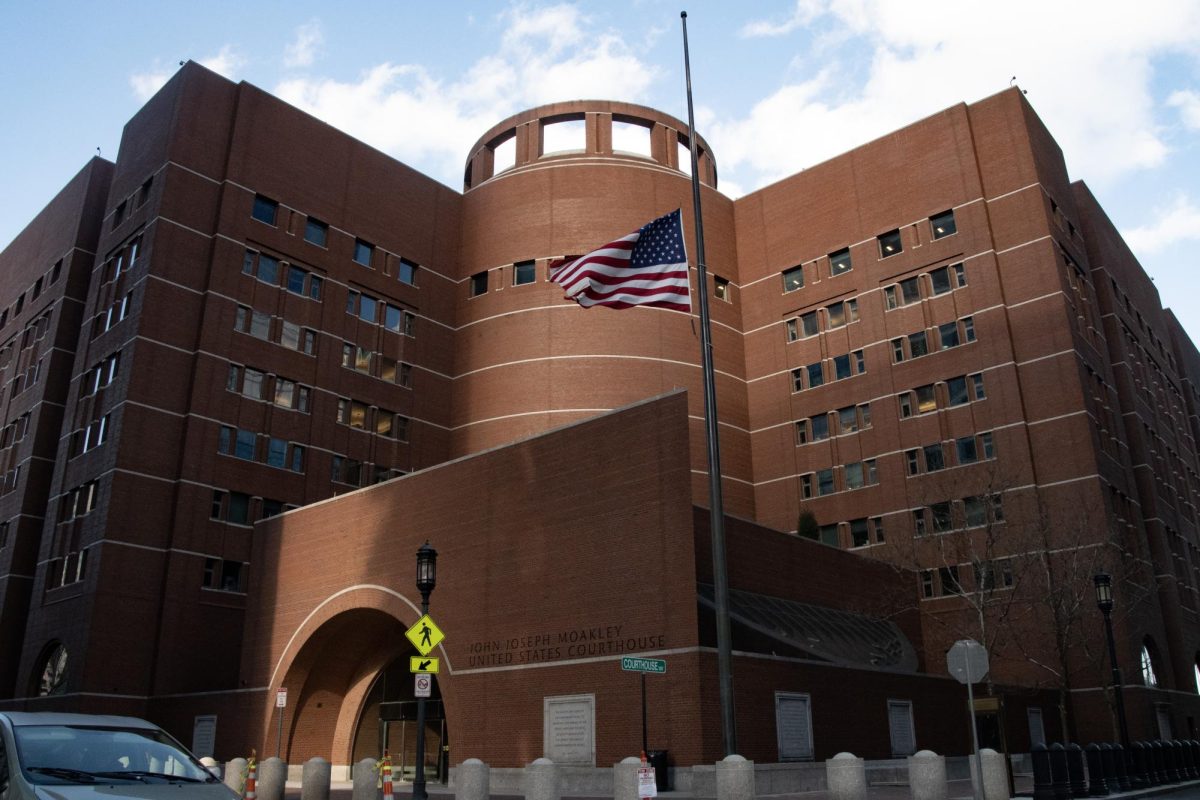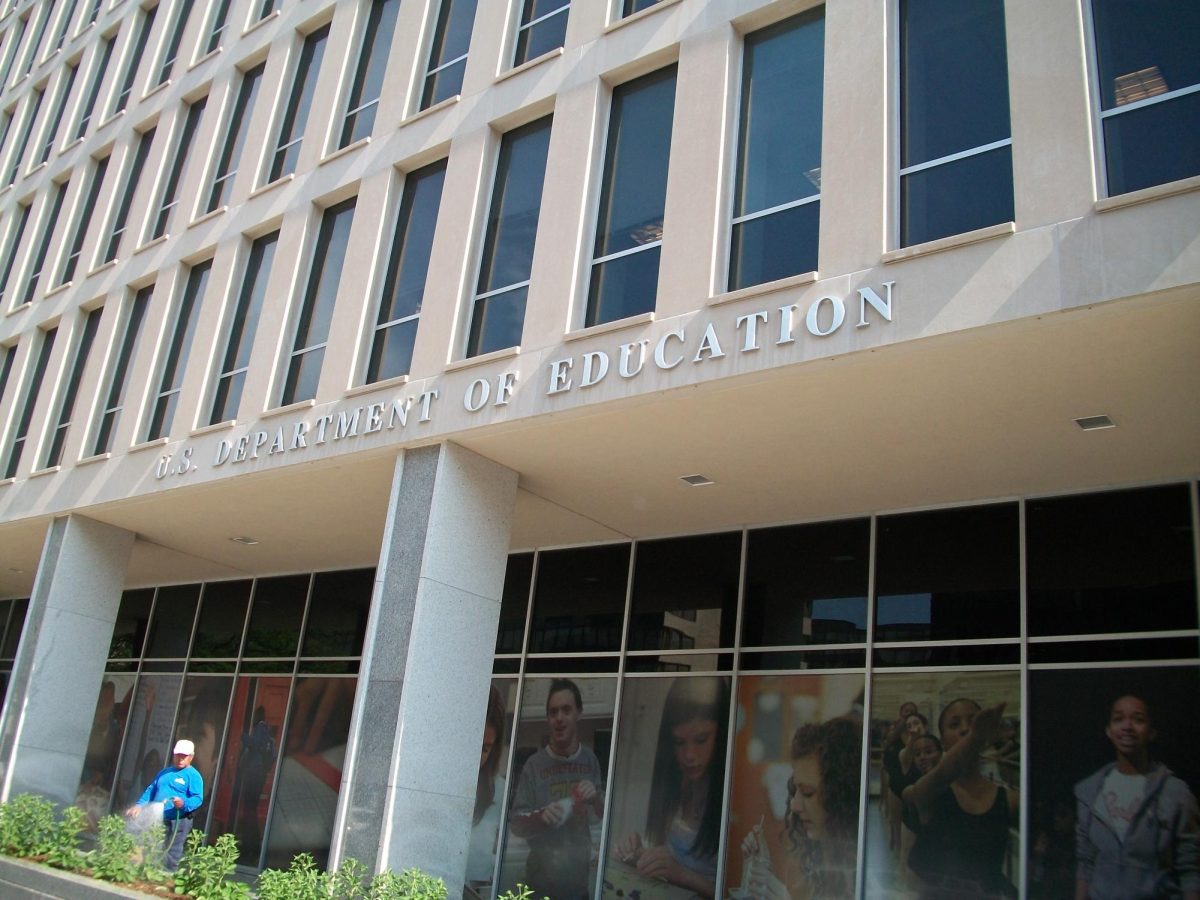By Anna Exner
Since women were first admitted to the Northeastern Day College in 1943, incoming classes have contained more men than women — until now. For the first time in NU history, the 2008 class finds males are the minority.
The recent boom in female enrollment is not limited to NU; on the contrary, this trend is occurring in colleges and universities throughout the country. Many Boston-area schools, including Boston University, Suffolk University, Emerson College, Clark University, UMass – Boston and UMass -Amherst, have female-heavy freshman classes.
“It’s a national phenomenon,” said David Hautanen, the Senior Associate Director of Admissions at NU. “As schools become more competitive, they have to monitor male/female distribution. For a long time, NU was much more male heavy, but more recently it’s been more balanced.”
According to Hautanen, in 1999, the number of males and females in the freshman class was equal, but in the past three years, the males have stayed on top by two percentage points, or more. This year the distribution is 53 percent female versus 47 percent male, a significant increase from last year’s male to female statistic of 51 to 49 percent.
In addition to the increase in female enrollment this year, NU also lowered its acceptance rate to 47 percent of applicants, a dramatic decrease from last year’s rate of 60 percent.
“I feel the new ratio of women to men is interesting and reflects well on women,” said Kate Peterson, a senior political science major. “If the standards for admission continue to increase, women will remain well represented at NU.”
As for whether women will continue to outnumber men in upcoming classes, Hautanen is unsure.
“If the experience of other schools is any indication, then I would guess that we would see a similar pattern,” he said, “but ultimately we just don’t know.”
At Suffolk University, this year’s freshman class is 55 percent female, and according to admissions officer Rafi Muroy, the men have been outnumbered for the past four or five years.
“We don’t make it a point to recruit females,” said Muroy, “it usually just happens that way.”
In recent years, this has been the case with schools nationwide.
“There are a lot of societal implications for why we see more women in college now,” Hautanen said. “NU’s commended law and engineering programs were historically male dominated, but as more career-oriented women emerge, the gender wall is being torn down.”
Michael Felicetta, a sophomore history major, said the implications of this year’s statistics are disputable.
“I don’t think these statistics are saying that women are smarter than men,” Felicetta said. “It just means that better suited candidates for acceptance happened to be female; next year more males could be accepted.”
The admi-
ssions office does not have any specific agenda to ensure the prevalence of females in next year’s freshman class, but they will be sure to observe the distribution.
“We will monitor it this upcoming year,” Hautanen said, “but whether we do anything about it remains to be seen.”









